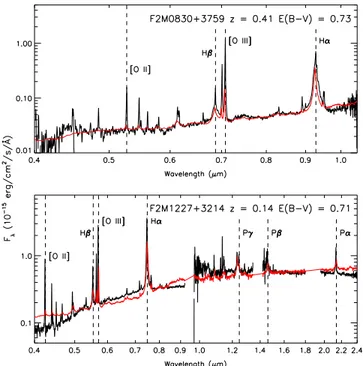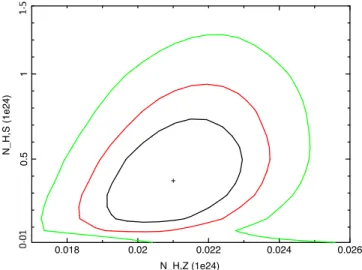Peering Through the Dust: NuSTAR Observations of Two FIRST 2MASS Red Quasars
Texto completo
Figure




Documento similar
Figure 6.7: Magnitude of the S-parameters for the first in-line bandpass filter (with h 2 = 2 mm) computed using the thick MEN formulation as compared to the results from ANSYS
Government policy varies between nations and this guidance sets out the need for balanced decision-making about ways of working, and the ongoing safety considerations
No obstante, como esta enfermedad afecta a cada persona de manera diferente, no todas las opciones de cuidado y tratamiento pueden ser apropiadas para cada individuo.. La forma
Astrometric and photometric star cata- logues derived from the ESA HIPPARCOS Space Astrometry Mission.
Identifier (ID) of our candidates (Col. 2–5), classification based on the scheme from Lépine et al. 6), spectral type adopted using SDSS spectral templates (Col. 10) compared
• The SDSS-III's Baryon Oscillation Spectroscopic Survey (BOSS) will map the spatial distribution of luminous red galaxies (LRGs) and quasars to detect the characteristic
The first cases are particularly simple situations with one or two degrees of freedom for which the exact quantum evolution can be obtained through the numerical integra- tion of
These results are due to the nod- ules are so small with respect to the input size of AlexNet, most of the nodule information may be also lost after the first pooling layers, and


